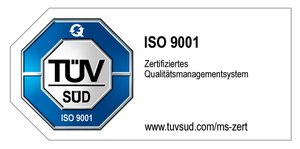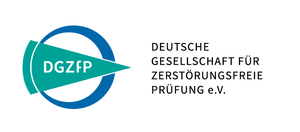allowance
The difference between the nominal dimension (= nominal dimension) and the dimension actually measured (= actual dimension) is called the allowance. Three different types of allowance can be distinguished: The actual allowance, or simply allowance, refers to the measured difference between the dimension measured on the workpiece and specified dimension of the technical drawing. The upper allowance designates the upper end of the dimensional tolerance and thus the highest permissible deviation from the nominal dimension. The lower dimension, in turn, denotes the lowest permissible deviation from the nominal dimension and thus represents the lower end of the dimensional tolerance. In this way, the tolerance zone can be plotted from the dimensions, i.e. the area that is within the tolerances. Dimensions are therefore an important parameter for metrological procedures and quality management in the manufacturing process, because without tolerances, series or mass production of a wide variety of objects would simply be impossible. The marking of dimensions for external and internal dimensions is regulated by DIN ISO specifications.
We find the perfect solution for your project.
Contact us if you have questions to our services in the area of 3D metrology. We are looking forward supporting you in your success.



